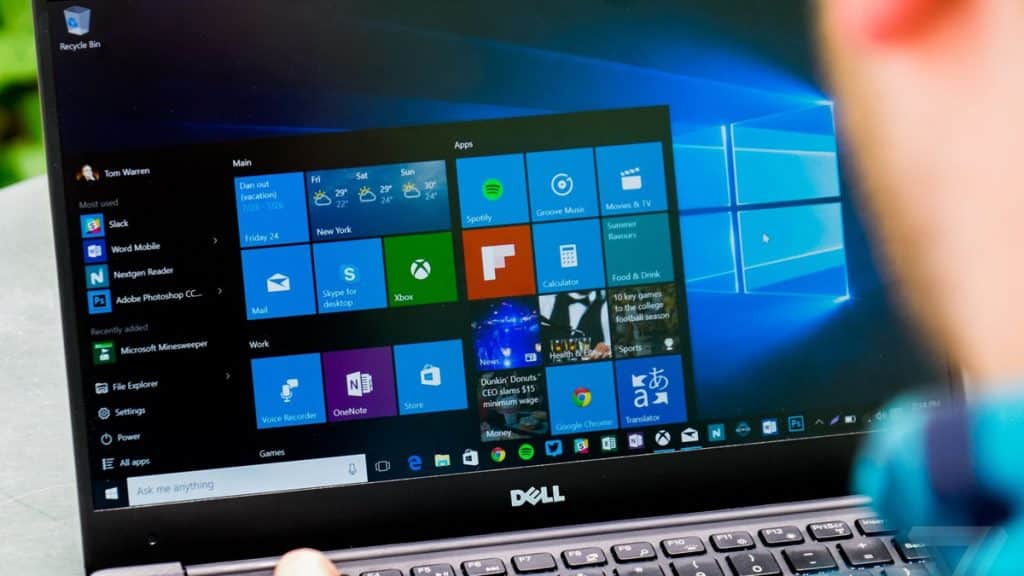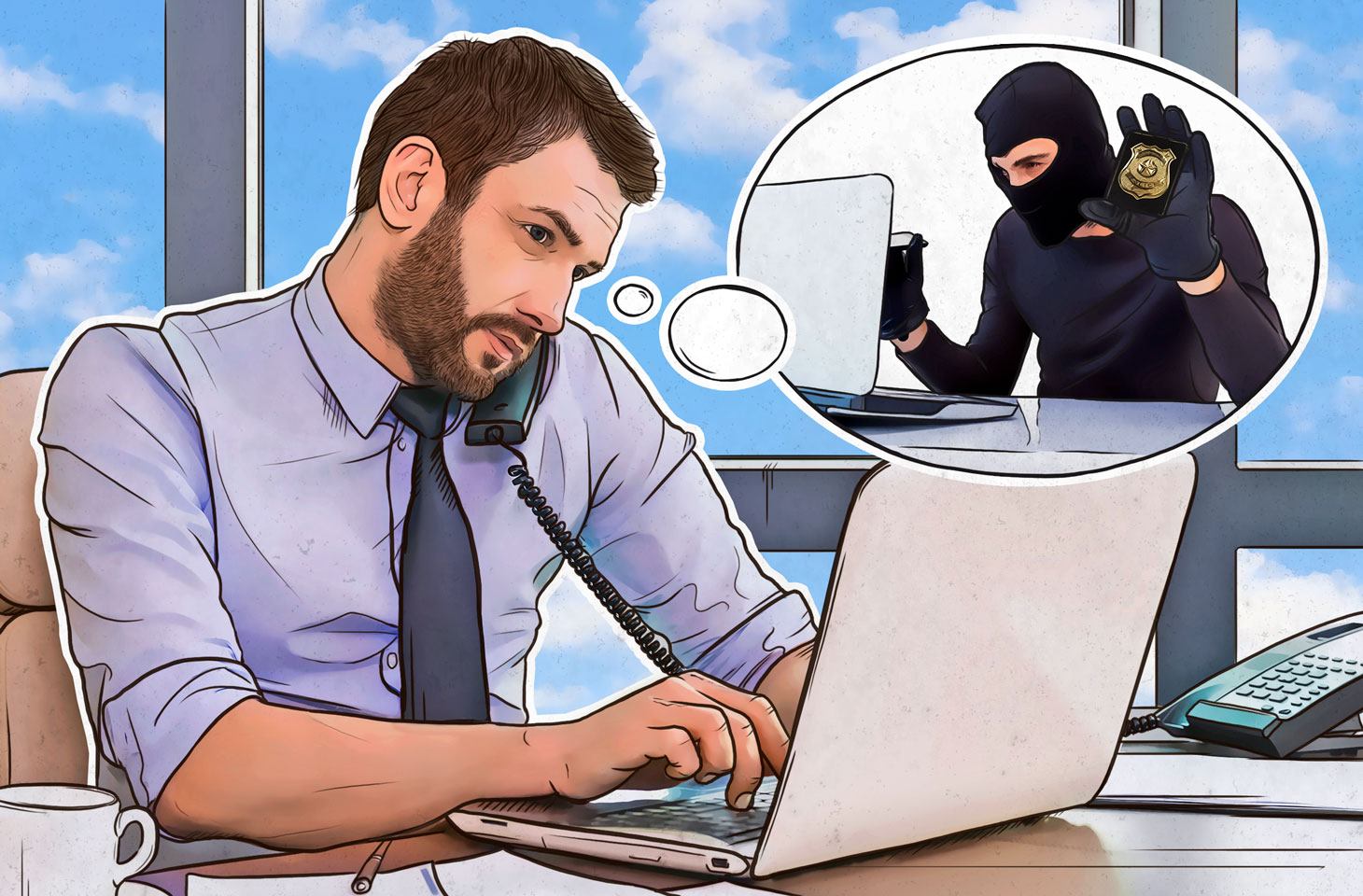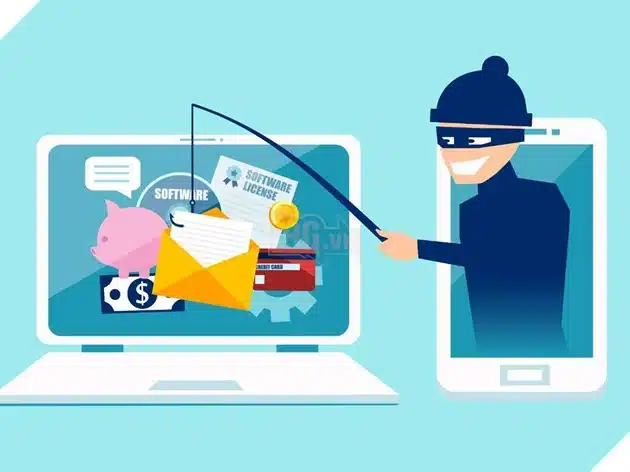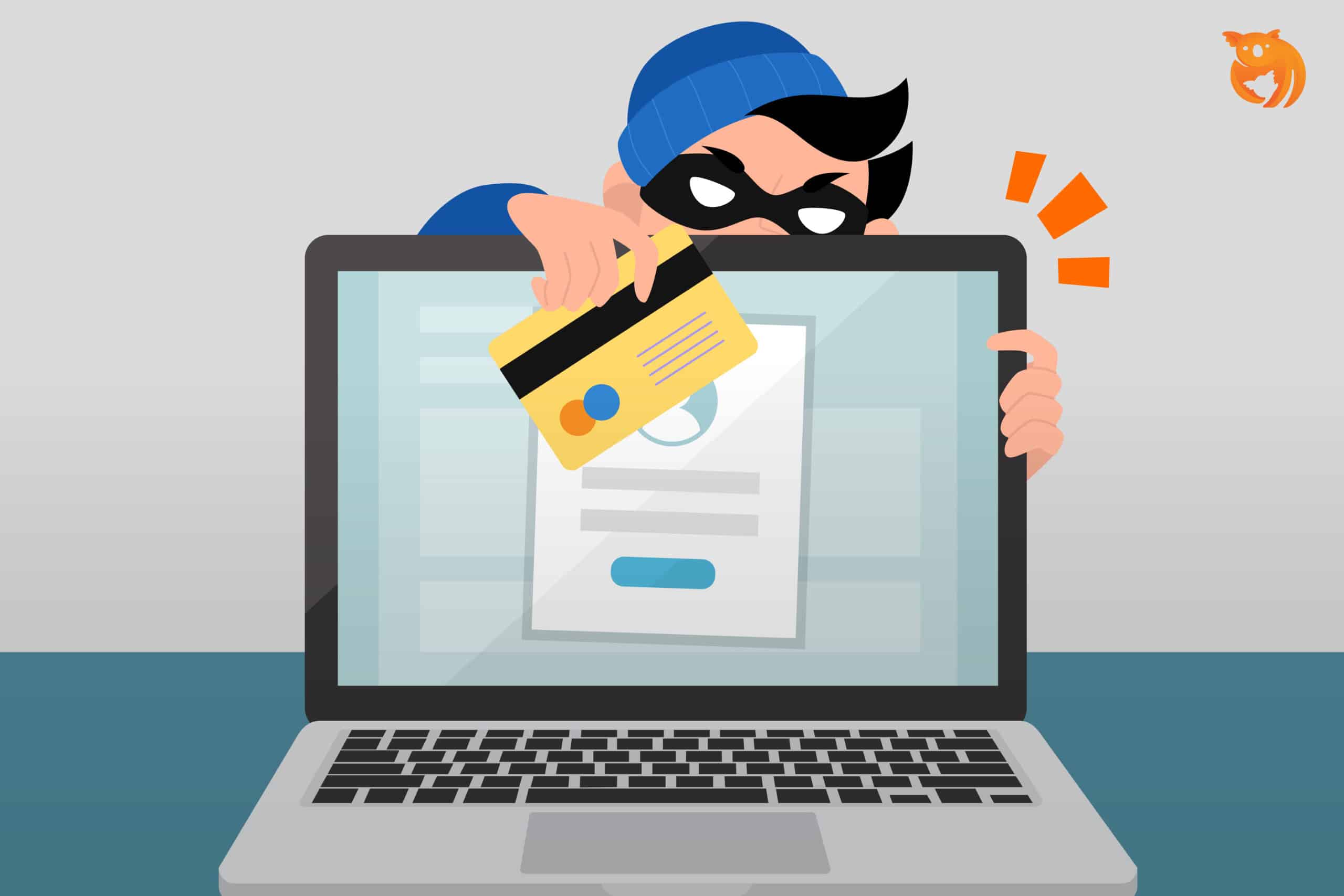Workflows have shifted due to the prevalence of remote access. People are able to work from closer to home or even from home now that they are no longer restricted to an office. It’s also a great method to do foreign business without having to spend a fortune on airfare and accommodations. Nevertheless, one must be cognizant of the increased security and legal consequences of remote access before interacting with unauthorized individuals or falling victim to remote access fraud.
Prevent Scammers To Access Your Computer
The consumer has to be wary of the program and the supplier in order to protect their data and finances against fraudsters. Users should always check the software’s security status before installing it. If you’re unfamiliar with remote desktop applications and aren’t sure which one to select, do your research. The client is responsible for taking all necessary precautions to prevent the unauthorized use of his account, credit card, bank login credentials, and other sensitive information.
Scammers using remote desktop connections will attempt to divert your attention in a number of ways. The most common method is tricking you into logging in through a URL that then prompts you to provide access to information or services you wouldn’t usually. Many additional forms of remote access to computer scams exist, such as those in which the perpetrator mimics your computer’s user interface (a key logger) or claims to be technical help before claiming that your machine has been infected by a malicious virus.
Remote Desktop Connection: Main Security Features
1. Data protection: Encrypting data in the transmission is crucial. Getscreen, for instance, uses the WebRTC and SSL protocols’ built-in 128-bit AES encryption to safeguard the privacy of its users’ video image data as well as executable command data.
2. Multi-factor authentication: Authentication is a standard need for the security of any contemporary SaaS.
3. Personalizing the connection: It is crucial that the remote user knows and feels safe with the operator. The user will be able to view the identity of the connected technician before accepting a remote connection if the expert has chosen to share that information with the user in the options.
Scammers working remotely are more likely to contact you if you accept a request from an unidentified individual or shady software. You have the option of filing a complaint and having that person’s access permanently revoked.
Transparency in the connection may also be achieved via the usage of branding. This one-of-a-kind function lets you alter the connection’s URL to suit your needs. When a trusted corporate representative connects, it builds credibility with the faraway user.




